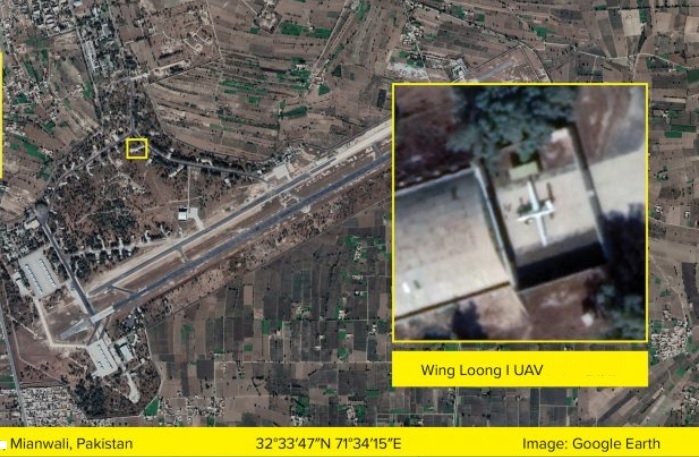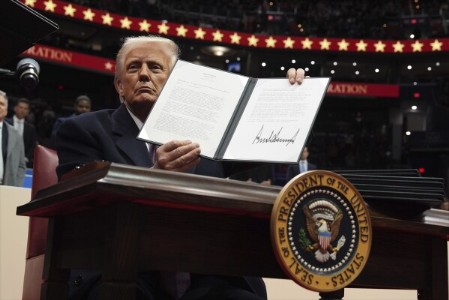Pakistan goes begging to China for Wingloong II drones after India-US predator drone deal
Total Views | 152
Following the conclusion of a big agreement between India and the United States for the purchase of 31 Predator drones, Pakistan is rumoured to have turned to China for its own unmanned aerial vehicles (UAVs) and armament systems which is often put forth as cheap copy of Predator drones by defence experts. This action by Pakistan reflects its continued initiatives to strengthen its military prowess and overcome the widening gap in cutting-edge defence technologies.

The agreement between India and the US for the purchase of Predator drones highlights the two countries' expanding defence collaboration. The surveillance and striking capabilities of these cutting-edge drones, which also provide improved situational awareness and precise targeting, are well known. Pakistan is now looking for solutions to preserve the regional balance because of this development.
On 24th Nov 2017, Satellite imagery showed a Chinese WINGLOONG II Attack drone parked in PAKISTAN’s Mianwali Airforce base which is stated as ‘Trials’ but ever since it was not able to acquire the Wingloong II attack drones owing to its Poor economic conditions, even after certain articles in janes.com & armyrecognition.com have reported its Sale in 2018 to PAK now stands deleted.
As per sources, Pak officials are all set to approach Chinese for Wingloong II drones yet again as the Predator drone deal between INDIA & US, has set Pakistani defence planners in a nervous whirlpool.
Given the two nations' long-standing strategic cooperation, Pakistan's choice to approach China for UAVs and weaponry comes as no surprise. China has emerged as a major exporter of defence equipment, notably UAVs, and has demonstrated its military technological breakthroughs. This provides Pakistan with an opportunity to obtain cutting-edge systems that meet its defence requirements.
The move also reflects the region's broader geopolitical dynamics. As India strengthens its defence capabilities through collaborations with countries such as the United States, Pakistan attempts to balance these gains by strengthening ties with China. Pakistan's cooperation with China allows it access to modern technologies and bridges the technological gap between its own military capabilities and those of its neighbours.
While Pakistan's pursuit of Chinese UAVs and weaponry makes strategic sense, it raises worries about regional stability and arms proliferation. The purchase of modern unmanned aerial vehicles and military systems has the potential to exacerbate tensions in an already sensitive region. To avoid destabilising consequences, close monitoring and respect to international rules and procedures involving arms transfers is critical.
Technical Specifications of the CHINESE Wing Loong II Armed Unmanned Aerial Vehicle (UAV):
Type: Medium-Altitude Long Endurance (MALE)
Country of Origin: CHINA
Operator: 1
Wingspan of Wing Loong II Armed Drone: 20.5 meters (67 ft in 3 inches)
Total Height of Wing Loong II Armed Drone: 4.1 meters (13 ft 5 inches)
Total Length of Wing Loong II Armed Drone: 11 meters (36 ft 1 inches)
Maximum Takeoff Weight: 4,200 Kilograms (9,259 lbs)
Total Endurance: 32 Hours
Maximum Speed: 370 Kilometers/Hour (230 mph)
Service Ceiling: 32,500 ft (9,900 meters)
Stall Speed: 150 Kilometers/hour (93 mph)
Payload Equipment: Satellite link, GPS Communication system, Electro-optical Pods with Day Light and Infrared Red Cameras and sensors.
Armaments: Can be armed with the variety of lethal bomb, rockets, and guided air to surface missiles
Bharati Web






